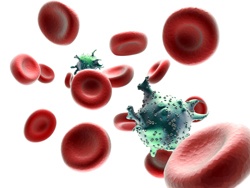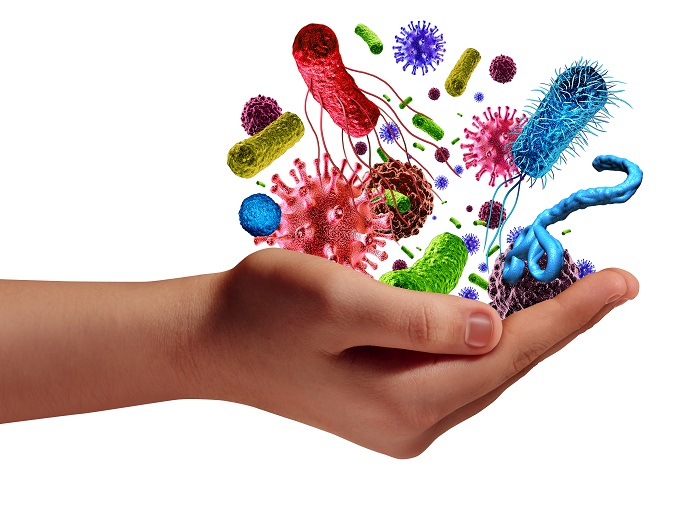Blocking the path of the HIV transport system
As we move into the second decade of the 21st century, AIDS continues to be a major threat to global health. Antiviral drugs can control but not eliminate the HIV pandemic that currently affects 30 million people worldwide. One way to eliminate the virus is to attack it before the new virus particles assemble in the host's cells. Scientists working in the EU-funded project 'The role of centrosomes in HIV cytoplasmic transport' (HIV Traffic Control) investigated the biological carriers involved in transporting the viral genetic material (gRNA) from the area around the host nucleus where it is translated into structural proteins that will later make up the virus itself. Previous research has implicated the cell centrosomes, microtubule-organising centres, as playing a major role. However, little was known about the critical host cell-virus interaction. The researchers used an ingenious method to isolate motor proteins, an essential component of the transport apparatus for viral structural units Gag and Gag-Pol. A genetic screening system was set up whereby different cell lines would be able to identify vital missing proteins if they were knocked out. The knocking out procedure is accomplished using small interfering RNA (siRNA) as these molecules can be tailored to interfere with the expression of genes, thus knocking out the specific protein that can be identified. Suitable cell lines were transfected with HIV infectious DNA and a library of pooled siRNAs against the microtubule-associated motor proteins. Rank product analysis revealed the statistically most significant hits. Results showed that some siRNAs reduce and others enhance virus particle production and five of the more promising candidates were isolated for further study. Of these, a protein known as KIF7 ranked as the top candidate from the siRNA screens and further tests were conducted to examine its role. Project partners concluded that more research is needed to test the mechanics of microtubule association with KIF7 and potential interactions with HIV components. Viral resistance and patient intolerance of available drugs are growing problems antagonising the control of the spread of HIV. HIV genomic RNA trafficking along microtubules appears to be an excellent drug target which the virus cannot easily escape. Furthermore, the specificity of the action of these drugs means that they would not be toxic to cells or the infected individual.







